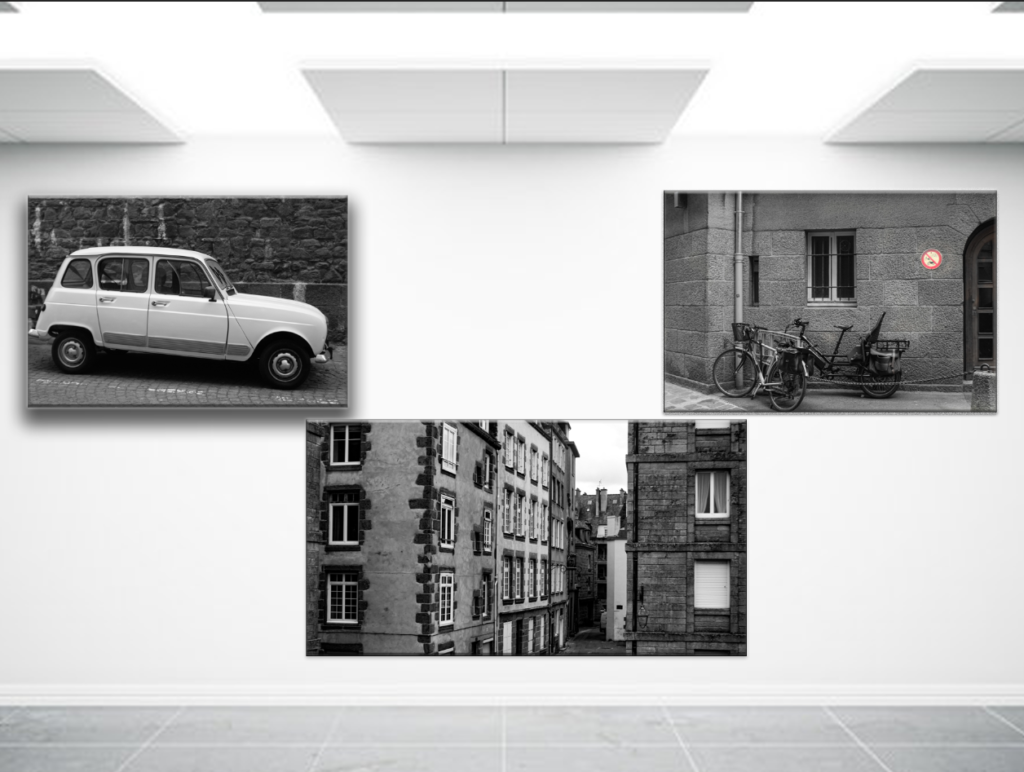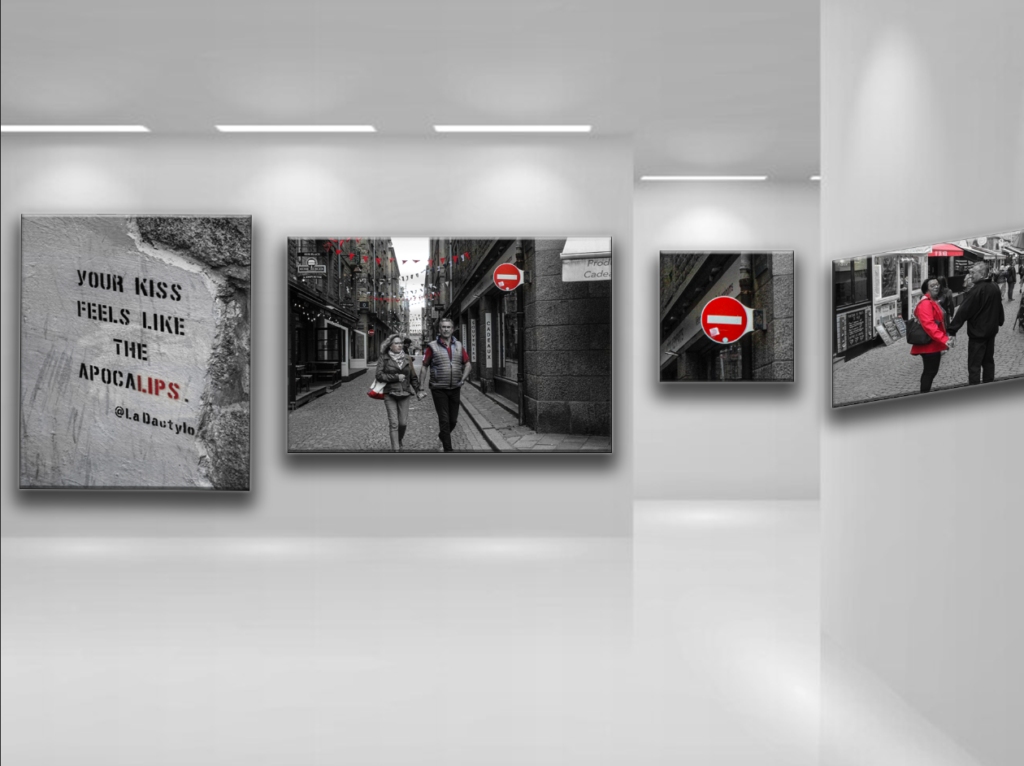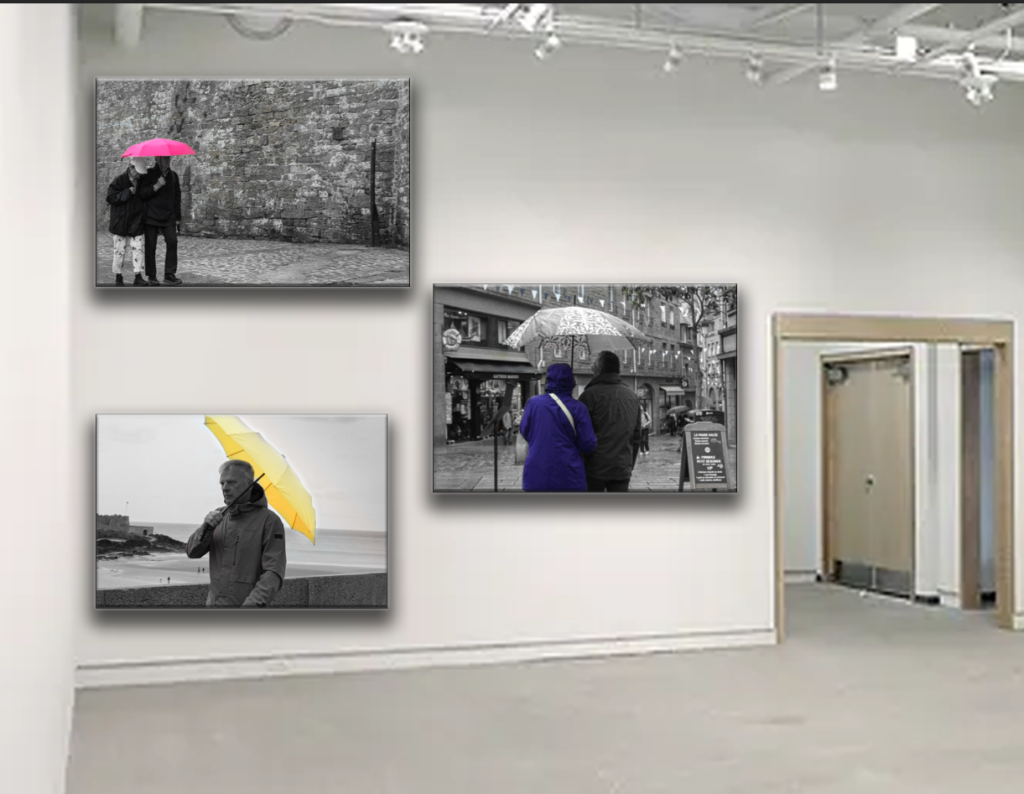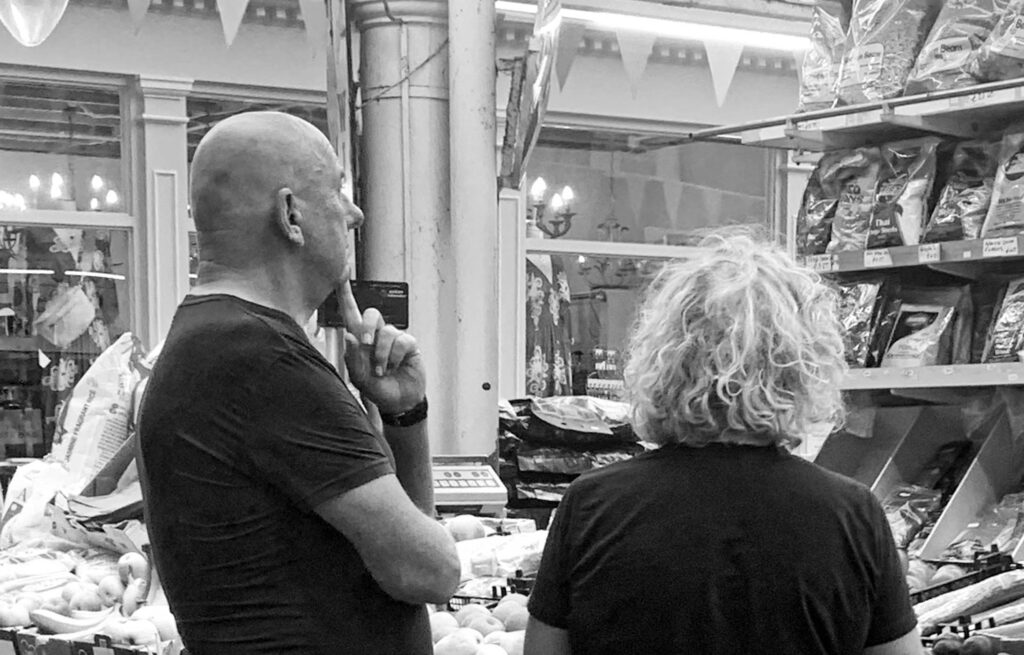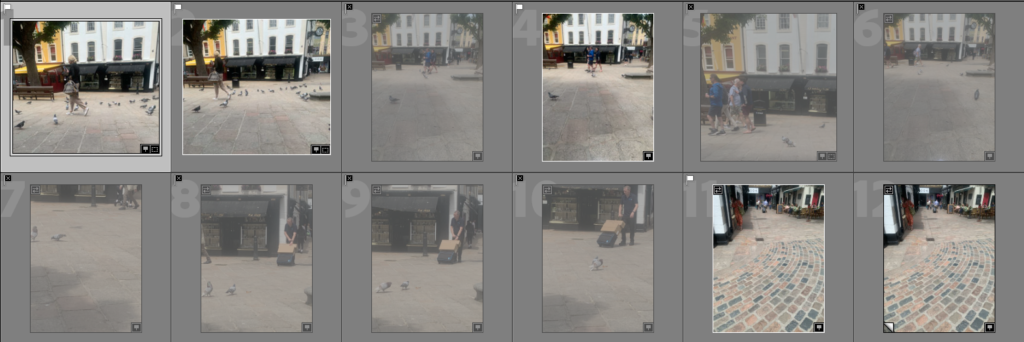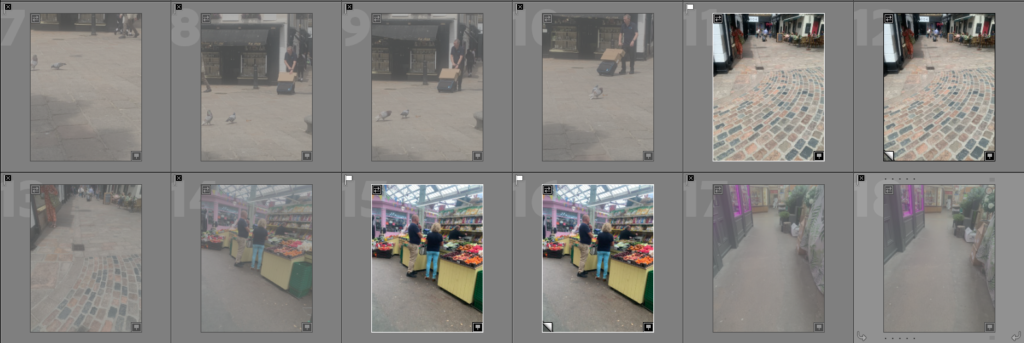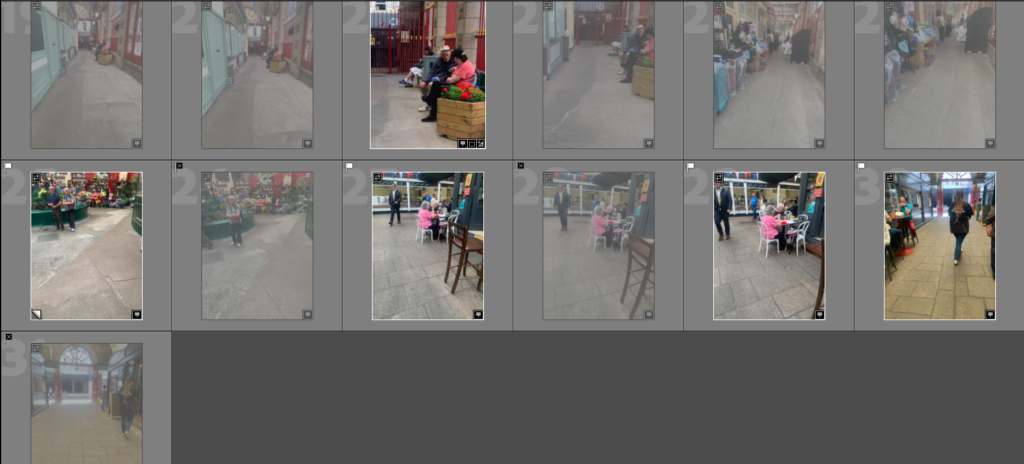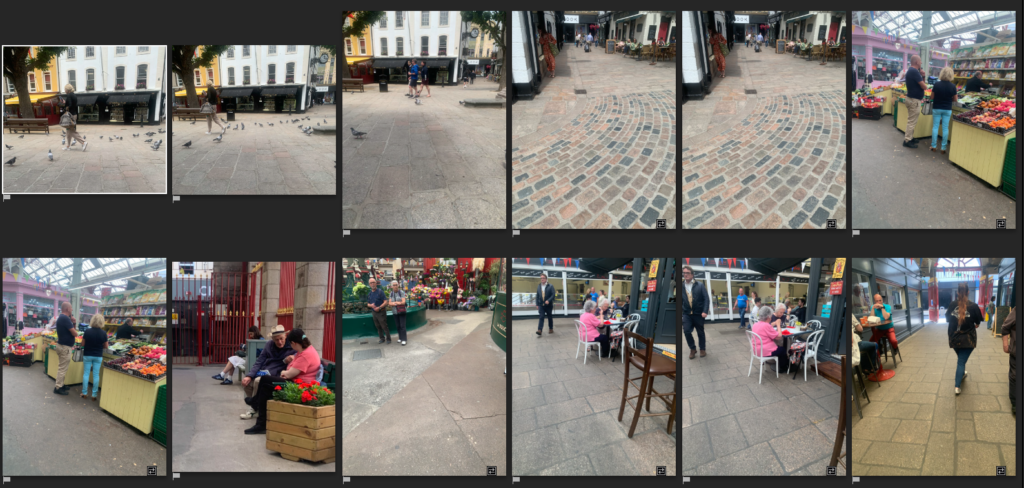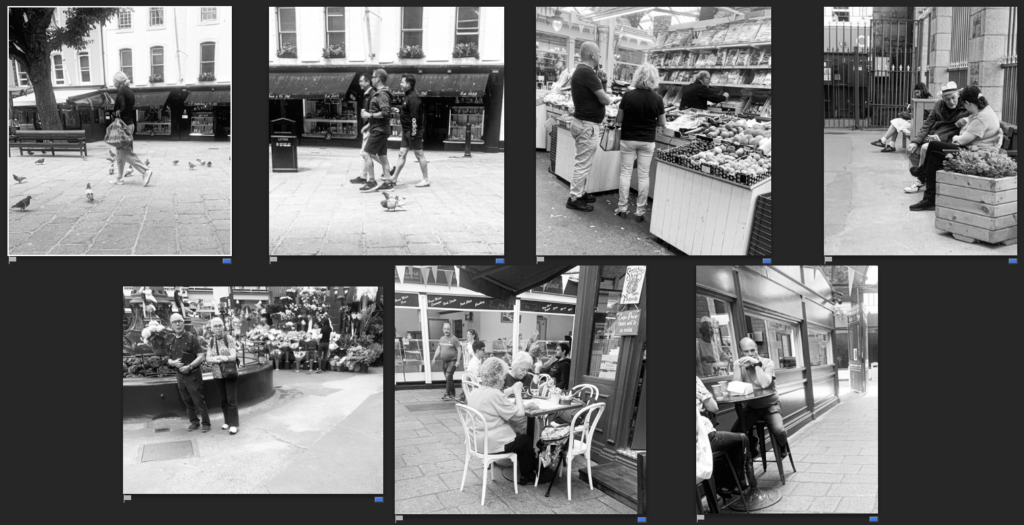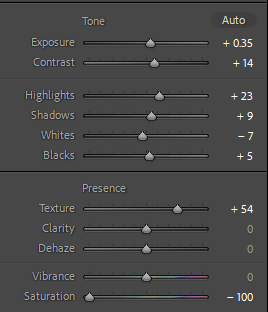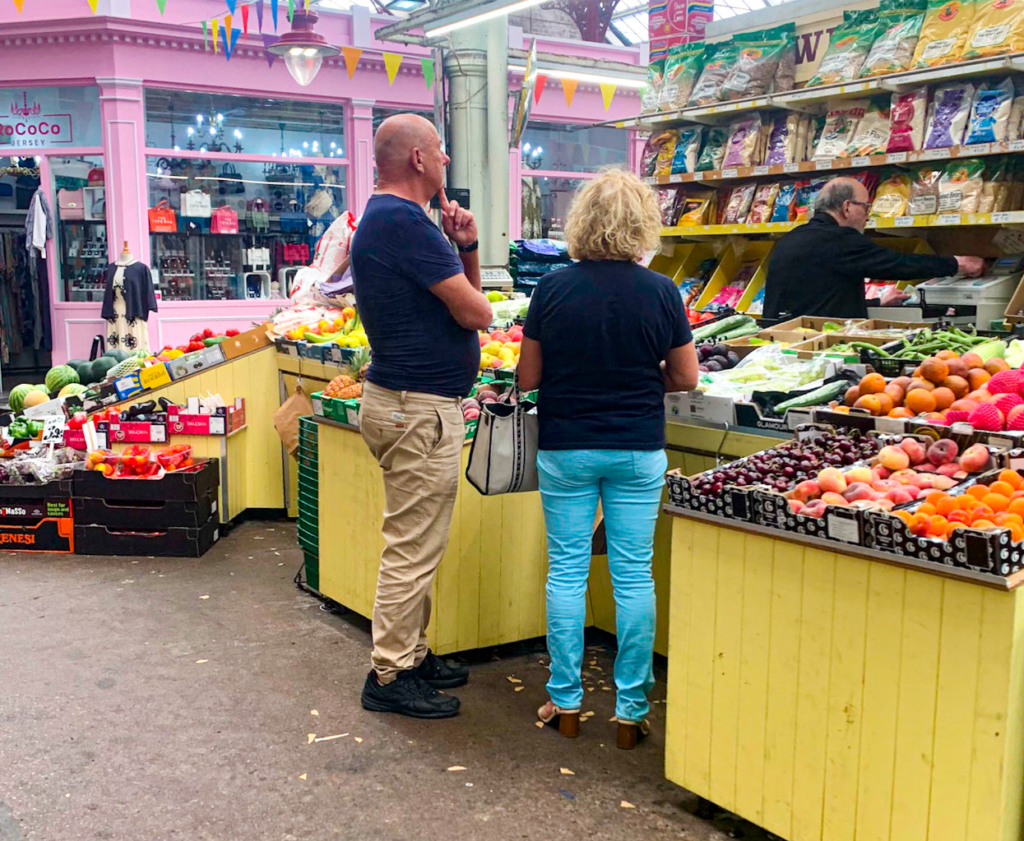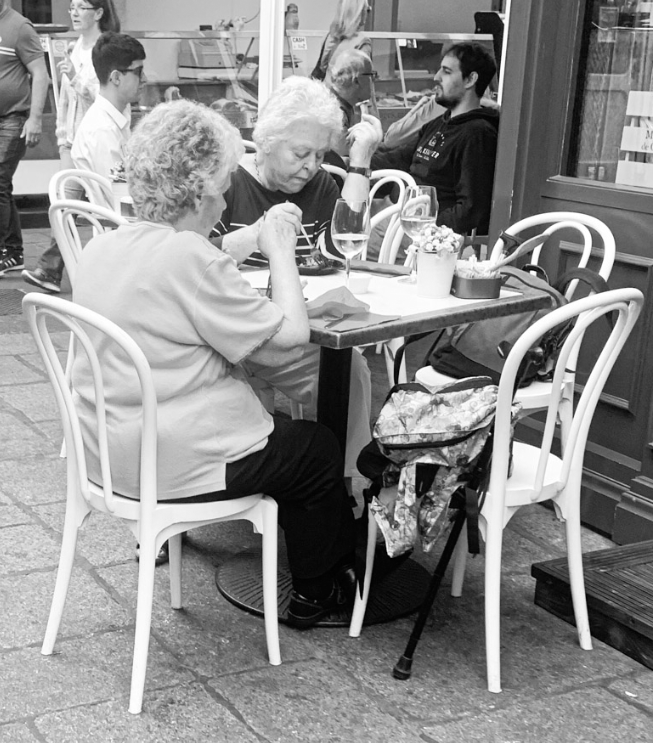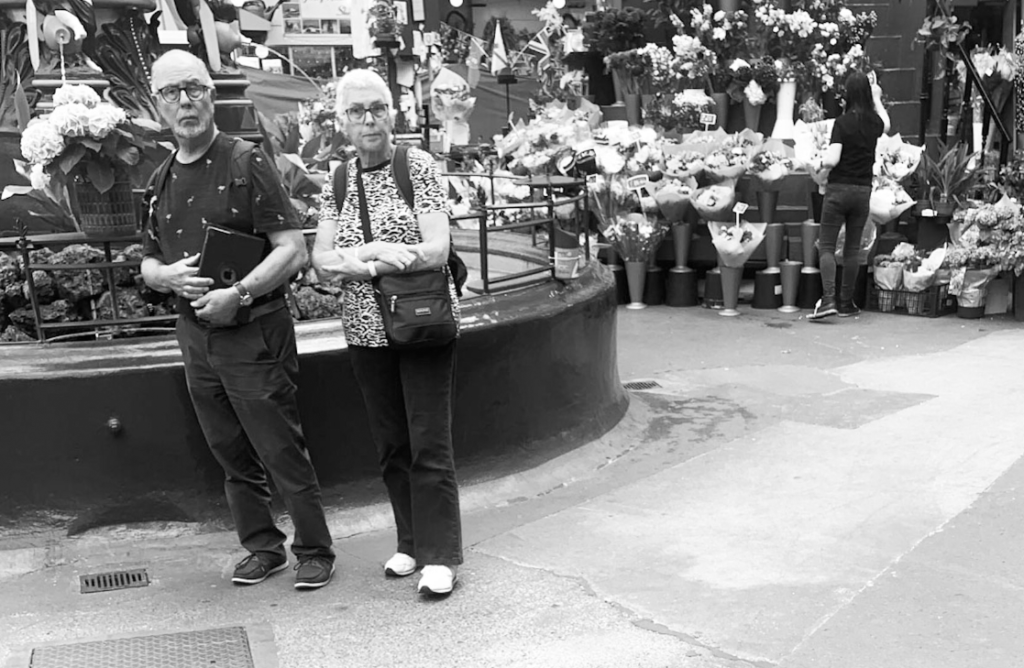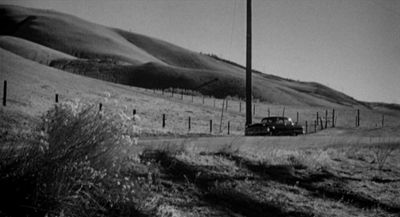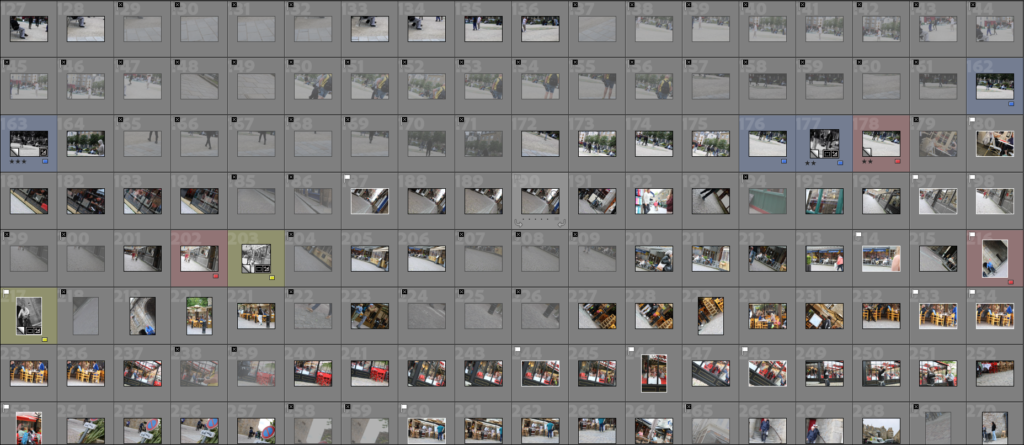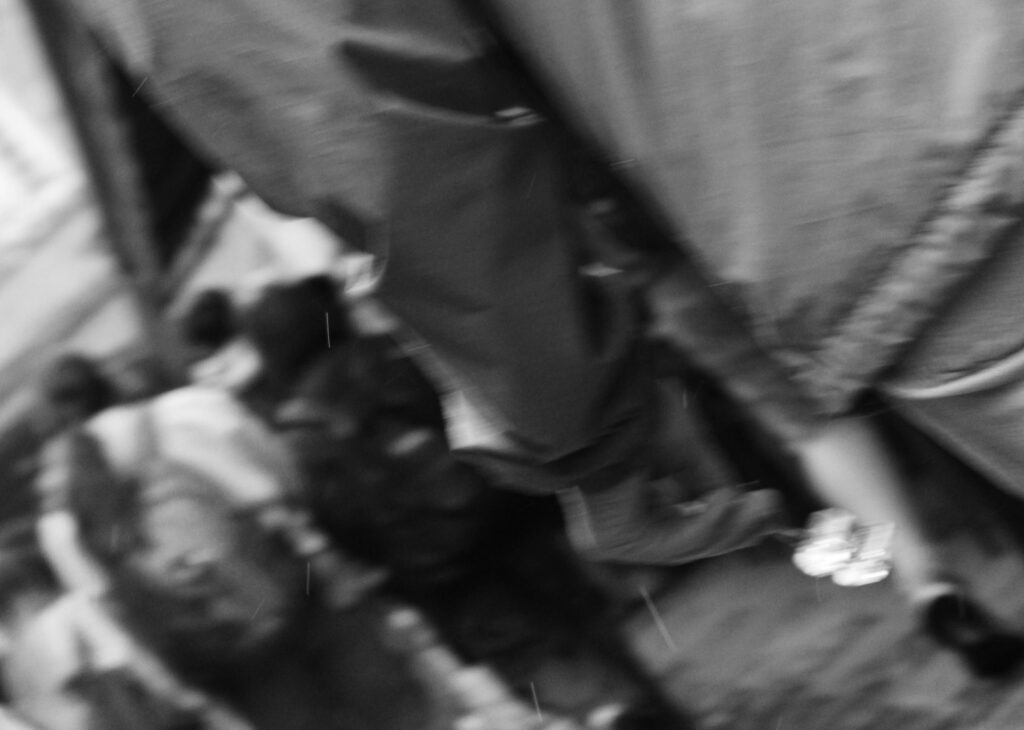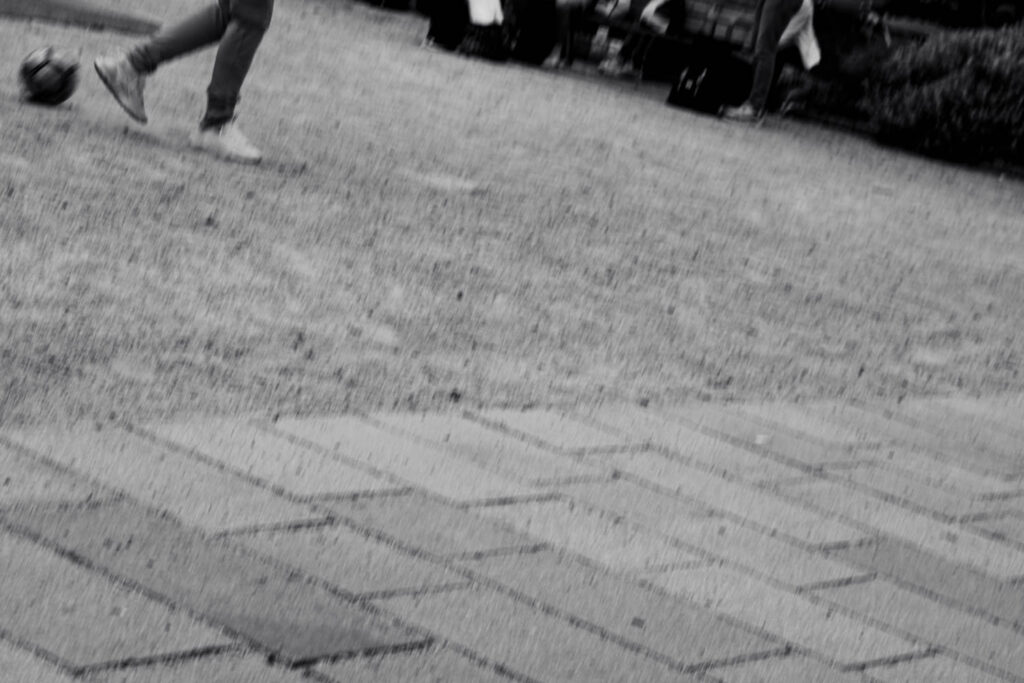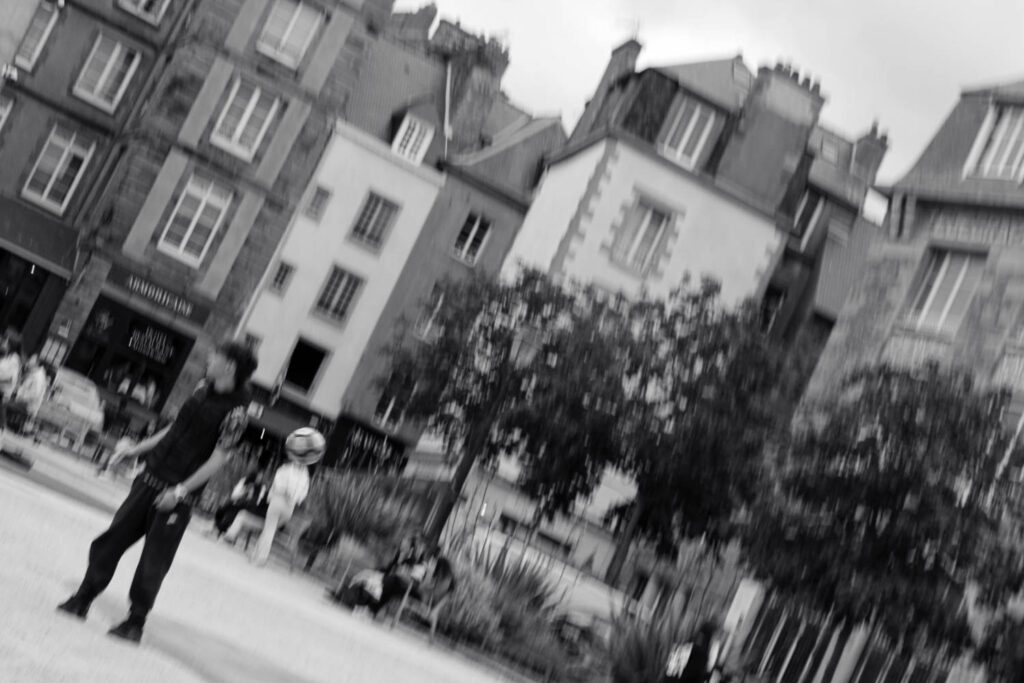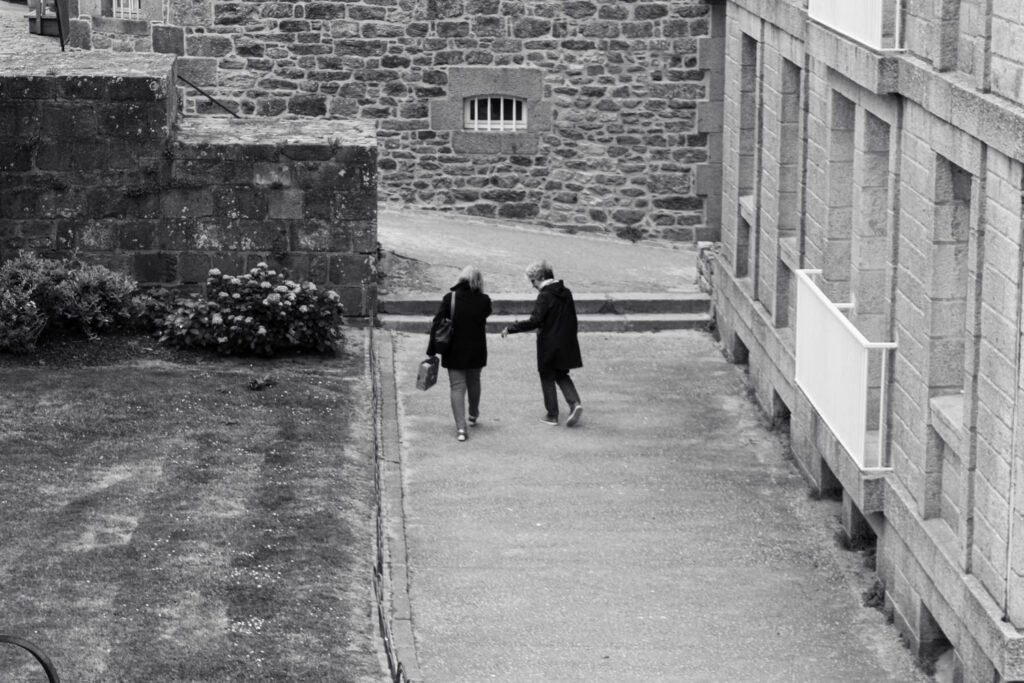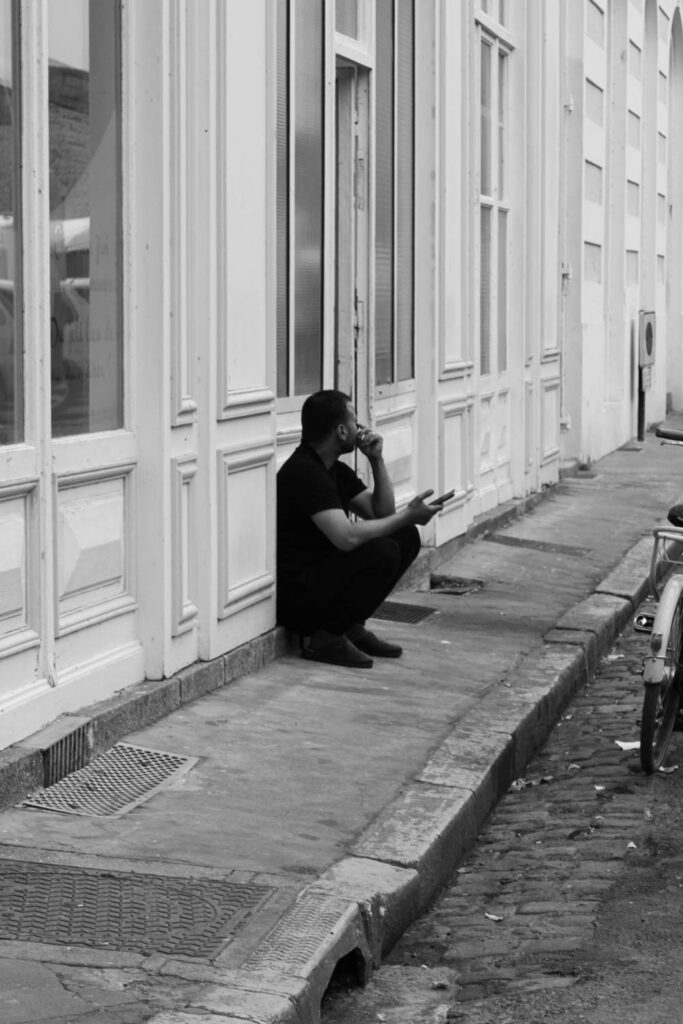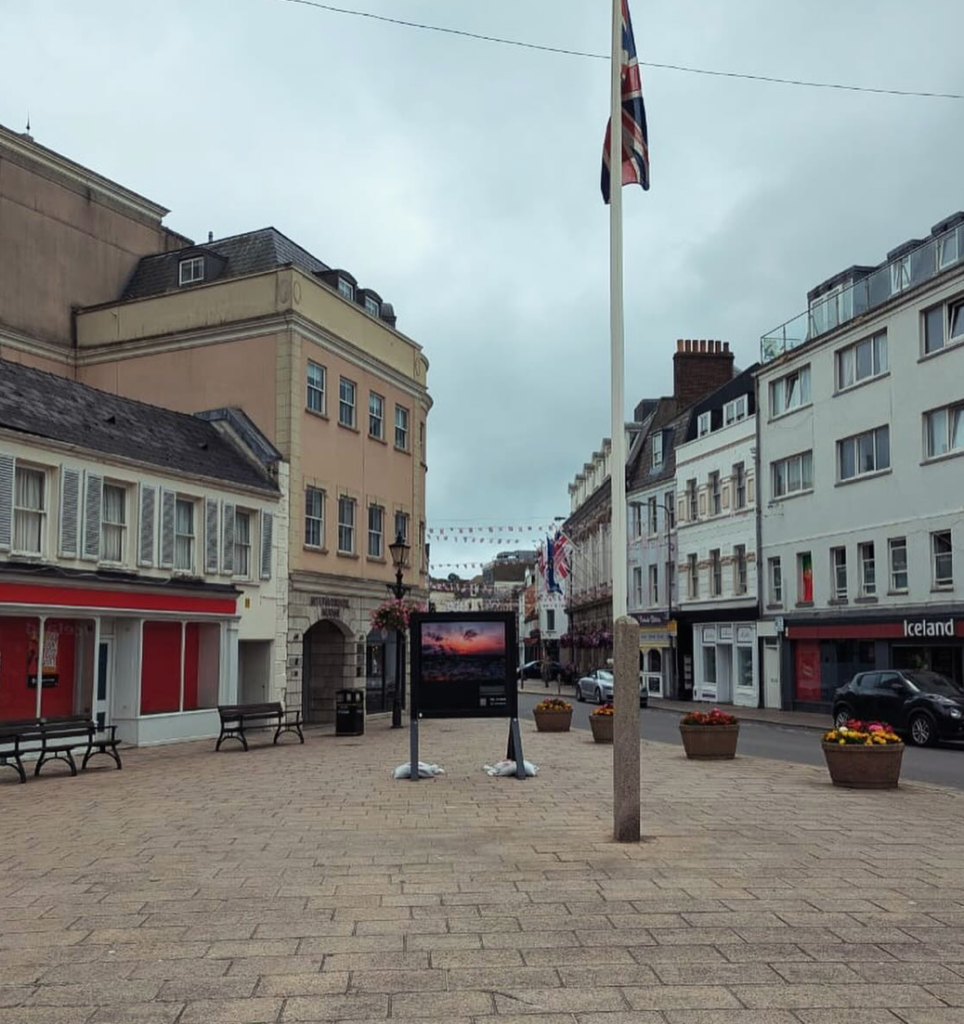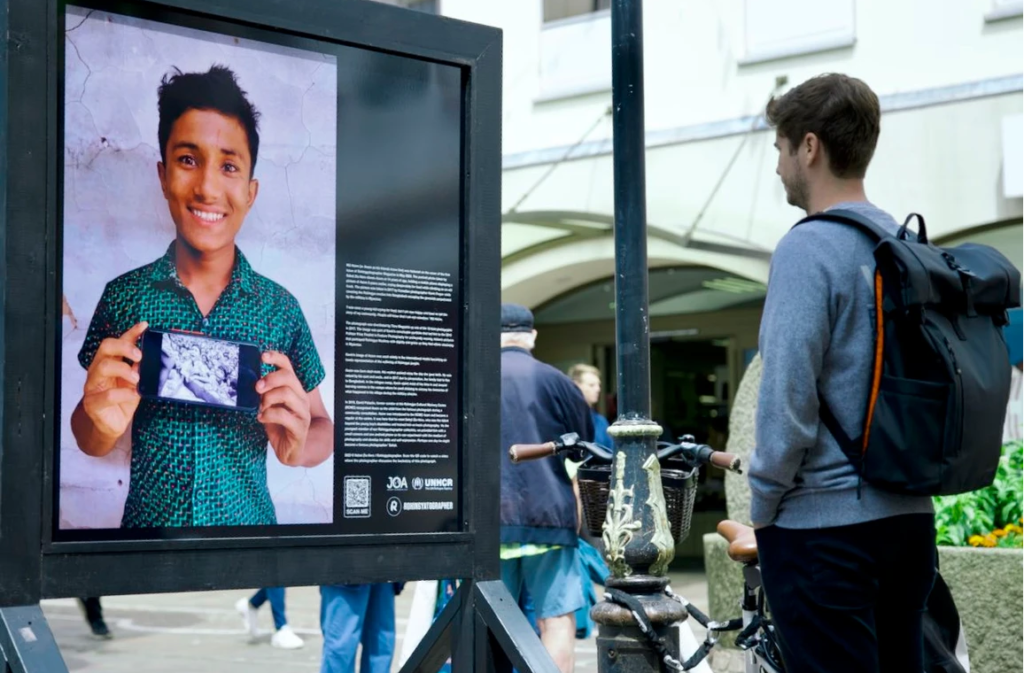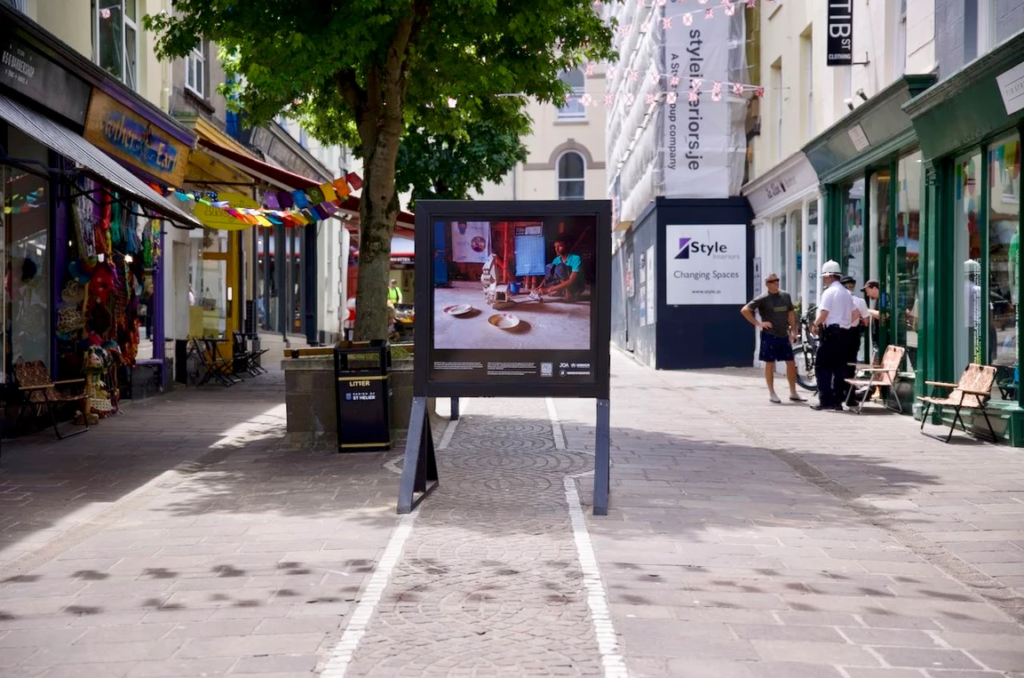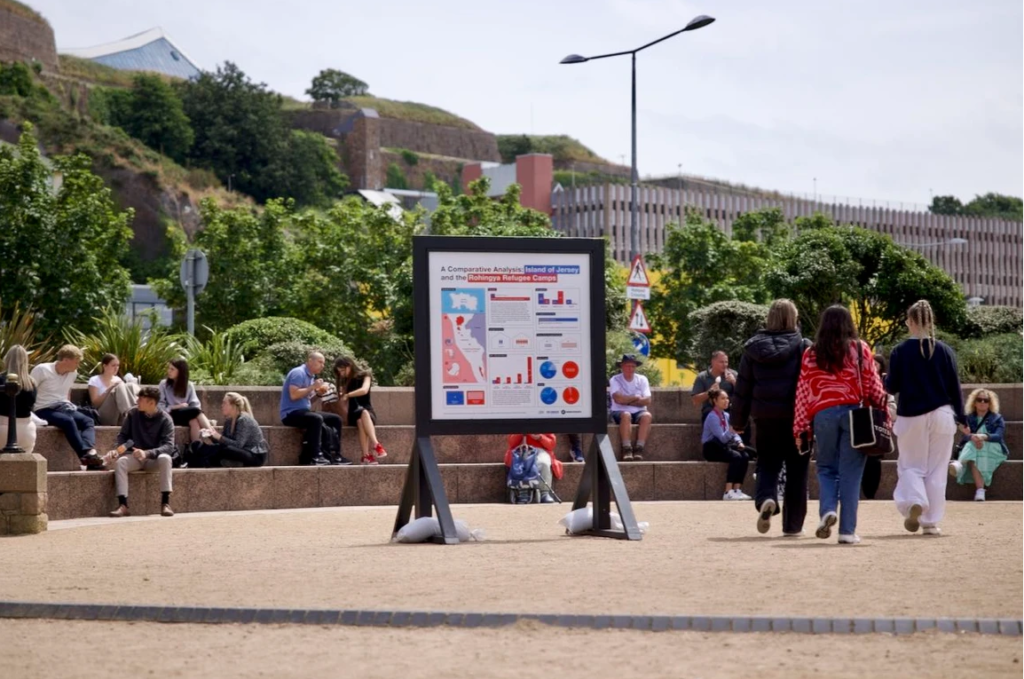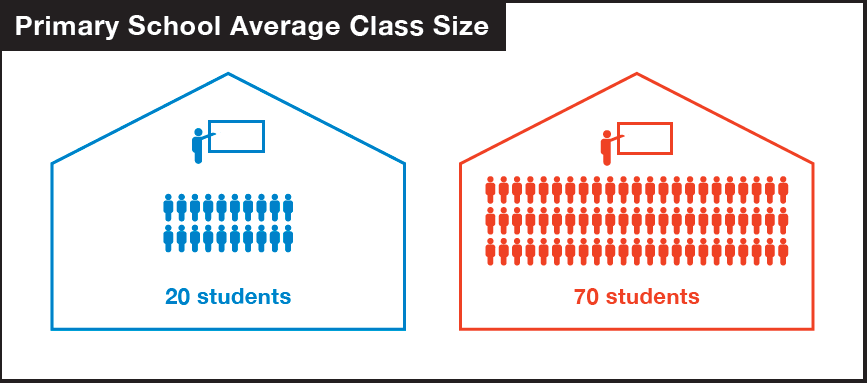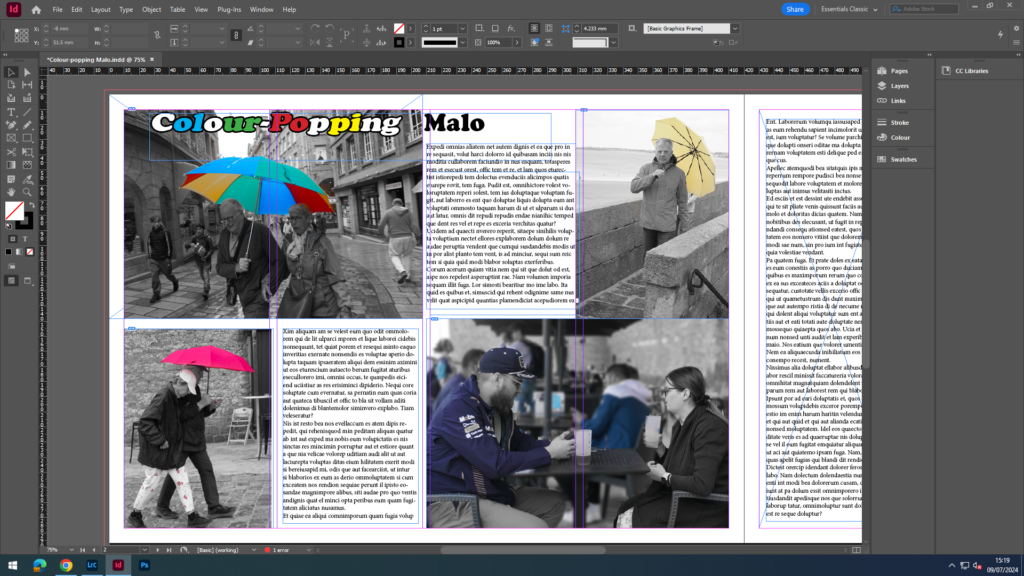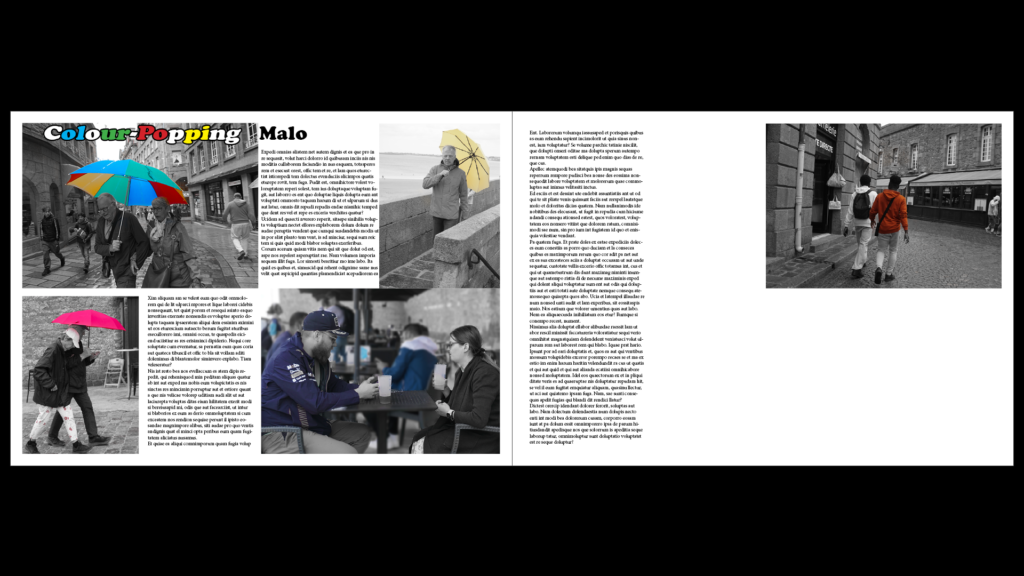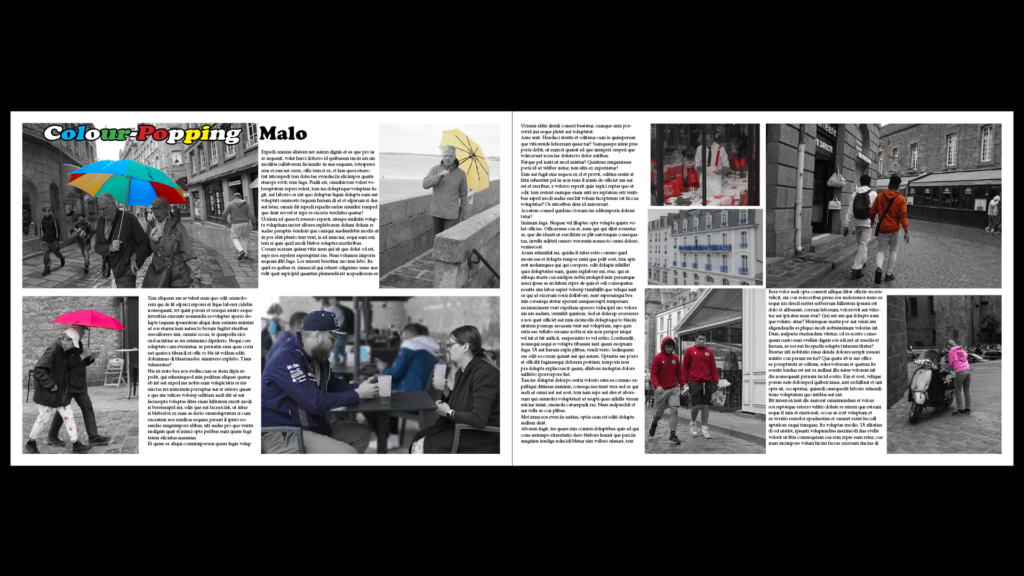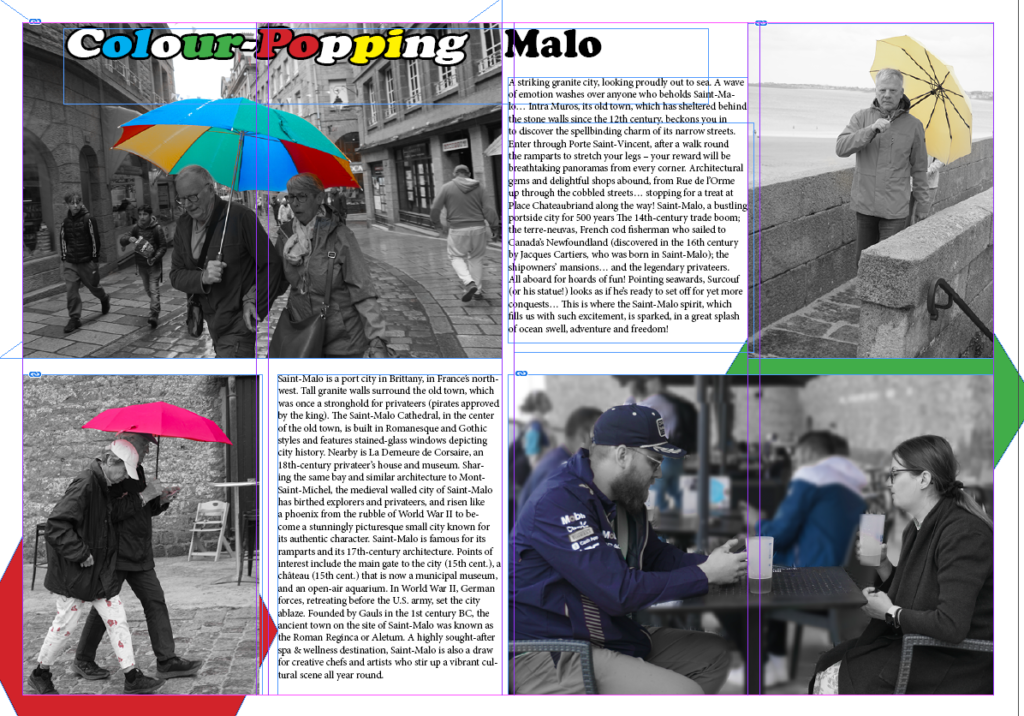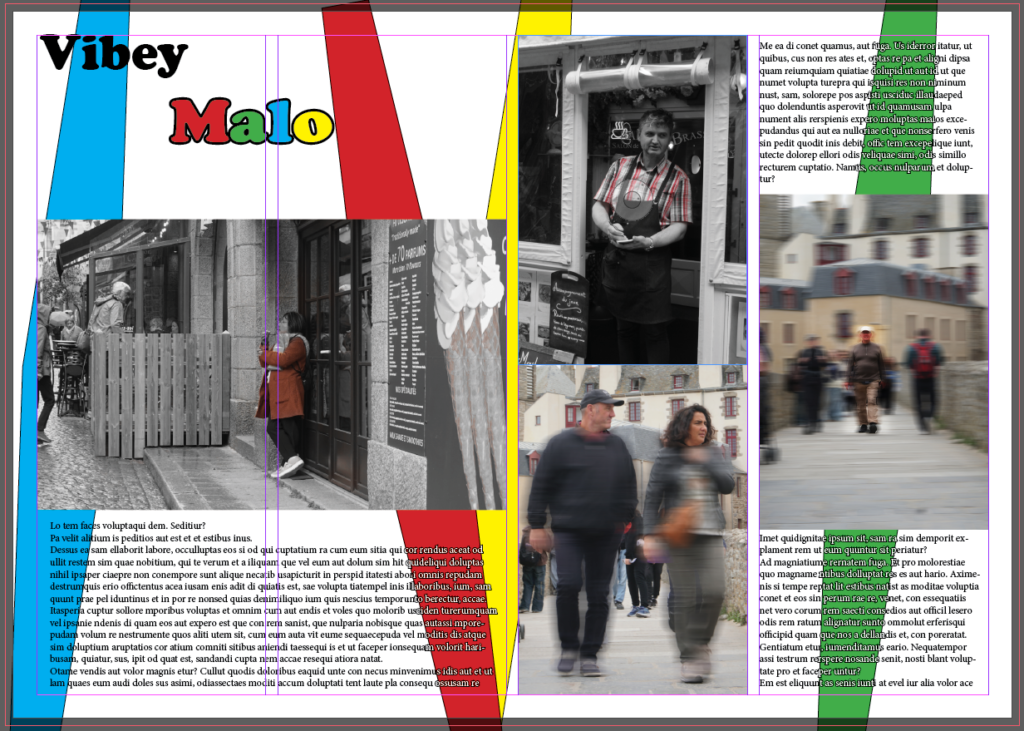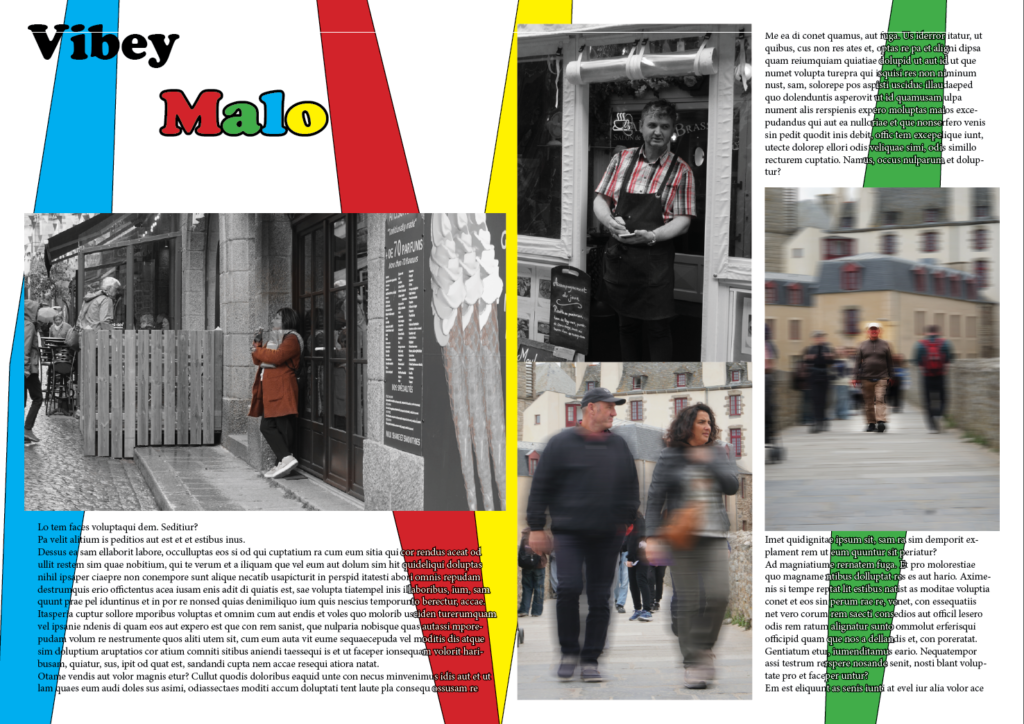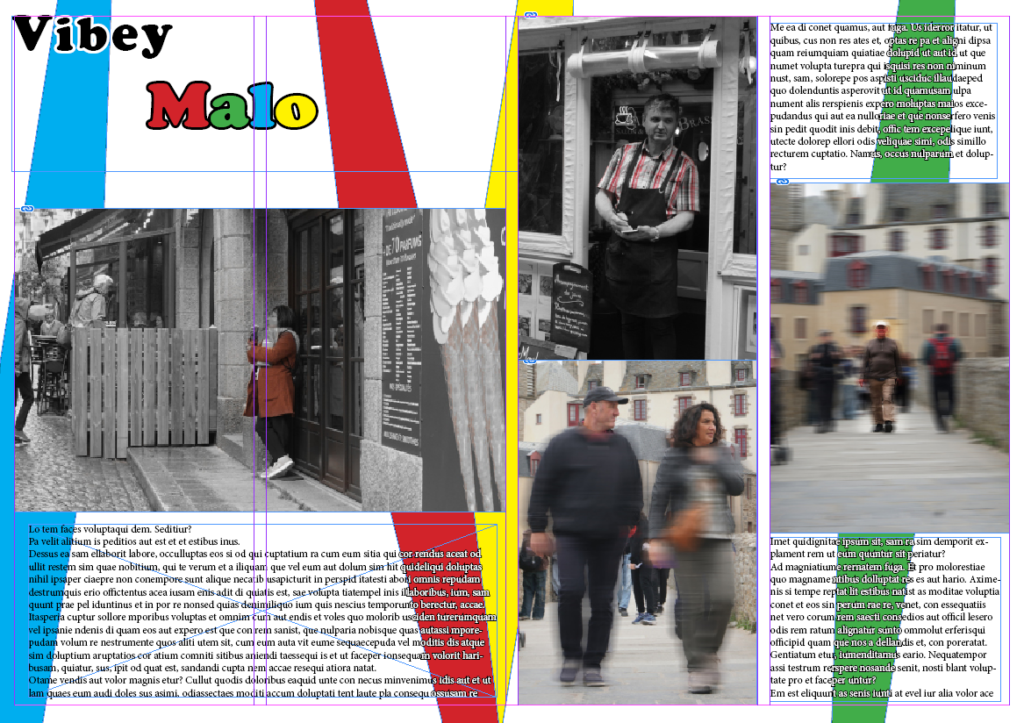Hundreds of thousands of terrified Rohingya refugees fled their home country due to brutality and violence against them, because of their Muslim beliefs. It was predominantly Buddhist who caused them to flee, because they did not agree with their Muslim beliefs. Rohingya refugees began flooding onto the beaches and paddy fields of southern Bangladesh in August 2017, it was the children who caught many people’s attention. As 60% of the refugees were children, who poured across the border from Myanmar into Bangladesh and brought with them accounts of the unspeakable violence and brutality that had forced them to flee.
Those fleeing attacks and violence in the 2017 exodus joined around 300,000 people already in Bangladesh from previous waves of displacement, effectively forming the world’s largest refugee camp. Six years later, about half a million Rohingya refugee children are living in exile from their home country. Many of them have been born into this limbo.
The Rohingya rely entirely on humanitarian assistance for protection, food, water, shelter and health, and they are living in temporary shelters in highly congested camp settings.
While basic services have been provided, children still face disease outbreaks, malnutrition, inadequate educational opportunities and the risks related to neglect, exploitation and violence including gender-based violence risks, child marriage and child labour. Meanwhile, annual cycles of heavy monsoon and cyclones pose substantial risks to both Rohingya refugees and host communities.
Older children and adolescents who are deprived of opportunities to learn or make a living are at real risk of becoming a “lost generation,” ready prey to traffickers and those who would exploit them for political or other ends. Girls and women are at particular risk of sexual and other gender-based violence in this situation, including being forced into early marriage and being left out of school as parents keep them at home.
Exhibition
There is an exhibition in Jersey, in the locations on the map below. The exhibition is there to spread awareness for the Rohingya refugees, so they can try and gather more help for them.
The exhibition presents images of these refugee camps and the Rohingya refugees. Many photographers have travelled to Bangladesh to capture the crisis there. Some images were also taken by Rohingya refugees themselves.
St Helier Cenopath
Broad Street
King Street
Queen Street
Bath Street
West’s Centre
Liberation Square
Statistics
Comparing the island of Jersey and the Rohingya refugee camps.
These statistics show that in Jersey it has a much older population, which may be because of the much harsher conditions in the refugee camps. These statistics show that most people do not live above 60 in these camps, and that there are many more children/ young adults.
The refugee camps are also much smaller than the island of Jersey being only 13km squared, compared to Jersey’s island of 120km squared. This means that they all must live in tight living conditions.
There are also much more people per km squared, proving that the living conditions must be extremely tight. In the camps there are 750,000 people per km squared compared to in Jersey there is only 859 people per km squared.
Another statistic that presents how tight these living conditions really must be is that n the camps there are 6 people per house compared to an average of only 2.2 in Jersey.
There is also no diversity in these camps, they are all Rohingya from Myanmar, compared to a range of ethnicities in Jersey.
They also do not receive a high income (£590 a year, below $2/day (no GDP data). In Jersey the average annual salary is £45,320 (GDP £4.9 billion). This must not be enough to live off for them.
They also have almost 4 times the number of children in a class in school. 70 compared to 20 students.
There mortality rates are also much higher than our mortality rates, which we can assume is because of the harsh living conditions they have to endure.
They also do not have as diverse religions as us, as a massive 94% of them are Muslims.
Personal Response
I think this exhibition trail has a very powerful message, as it showcases the lives of the Rohingya people and their day to day struggles. I also think that the statistics that were shown also helped people understand the reality of their situation. It really did showcase there struggles. The photographs also presented many differing people who are living in these camps and showed differing day to day struggles, such as broken bones and no health care.
Publics Response
I think the public’s response to this exhibition trail was good, because many people stopped to read and look at the images that were being presented and they took into mind the struggles of these people in the camps. I also heard people saying things such as:
‘They must struggle so much.’
‘Poor child.’
This really showcases that the public showed empathy towards their situation and it really effected them on a deeper level.
